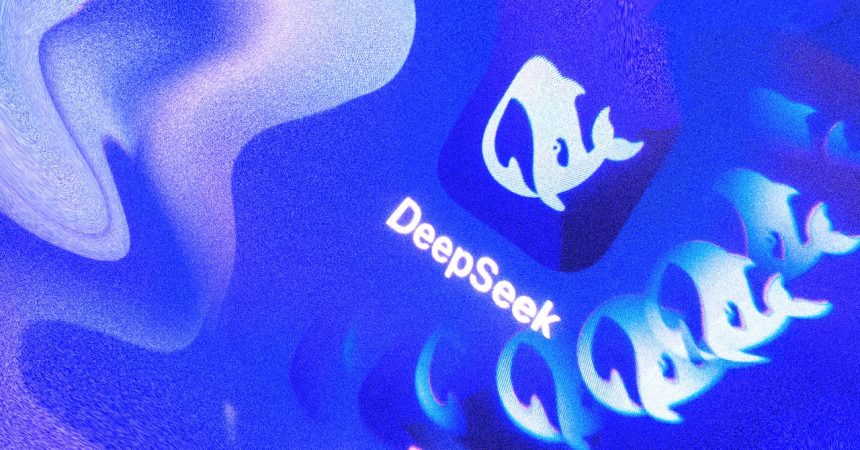DeepSeek, a Chinese AI company, has made significant strides in developing advanced large language models (LLMs) with capabilities rivaling those of industry giants like OpenAI and Google. These models, DeepSeek R1 and DeepSeek R1-Zero, exhibit sophisticated reasoning abilities, performing comparably to OpenAI’s groundbreaking GPT models on certain benchmarks. This achievement has sparked considerable interest and speculation within the AI community, particularly concerning the cost of development and the hardware employed, given the existing US export controls on advanced chips. While DeepSeek claims a development cost of $6 million, industry experts believe the actual figure is likely much higher, potentially reaching $60 million. Even at this elevated cost, the development is considered a game-changer, potentially disrupting the profitability of consumer-focused AI companies and driving down costs for businesses leveraging AI technologies.
DeepSeek’s success hinges on innovative training techniques, including a more automated approach to problem-solving and a method for transferring learned skills from larger to smaller models, a process known as distillation. This latter technique, considered relatively inexpensive and straightforward, has piqued the interest of Databricks customers seeking cost-effective AI solutions. The efficacy of DeepSeek’s models, particularly their ability to translate text commands into executable code, has attracted attention from companies like Perplexity and Replit. Replit’s CEO, Amjad Massad, while acknowledging the superiority of Anthropic’s Sonnet model for certain engineering tasks, has expressed interest in exploring DeepSeek’s R1 model for agent reasoning, highlighting its particular strength in this area.
The development cost and hardware utilized by DeepSeek are subjects of intense scrutiny. DeepSeek’s research papers indicate access to Nvidia A100 and H800 chips, the latter being a less powerful variant designed to comply with US export restrictions. However, industry insiders estimate that DeepSeek likely employed around 50,000 Nvidia chips, raising questions about the company’s acquisition strategy given the trade restrictions. While Nvidia declined to comment directly on the specific chips used by DeepSeek, they acknowledged the substantial computational resources required for DeepSeek’s approach, emphasizing the need for “significant numbers of Nvidia GPUs and high-performance networking.”
The emergence of DeepSeek as a major player in the AI landscape underscores the growing momentum of a more open approach to AI development. While some companies might hesitate to use a Chinese model for sensitive tasks due to geopolitical considerations, DeepSeek’s advancements are pushing the boundaries of what’s possible, prompting other developers to explore similar techniques. Perplexity, for example, has publicly announced its use of the R1 model, emphasizing that its deployment is independent of China. DeepSeek’s models, while impressive, still lag behind leading models like Anthropic’s Sonnet in certain domains, particularly complex computer engineering tasks. However, their strength in reasoning and code generation suggests a promising trajectory for future development and application.
The rapid progress of Chinese AI companies like DeepSeek reinforces predictions about the shifting dynamics of the AI landscape. Clem Delangue, CEO of HuggingFace, had anticipated a Chinese company leading the AI field due to the rapid innovation in open-source models, a development DeepSeek appears to exemplify. The open-source nature of many AI advancements allows for faster iteration and broader access to cutting-edge technology, which may be contributing to the swift progress observed in China. This open approach contrasts with the more guarded strategies adopted by some Western AI companies, raising questions about the long-term competitiveness of different development models.
The emergence of DeepSeek not only presents a challenge to established AI companies but also offers potential benefits for businesses seeking more affordable AI solutions. The company’s innovative training methods, coupled with access to significant computing resources, has enabled it to develop highly capable models at potentially disruptive price points. While concerns remain regarding data security and reliance on Chinese technology, the advancements demonstrated by DeepSeek are undeniable, signaling a potential shift in the global AI landscape and highlighting the growing importance of open-source contributions to the field. This development reinforces the need for continued innovation and adaptation in the face of rapidly evolving AI capabilities.



